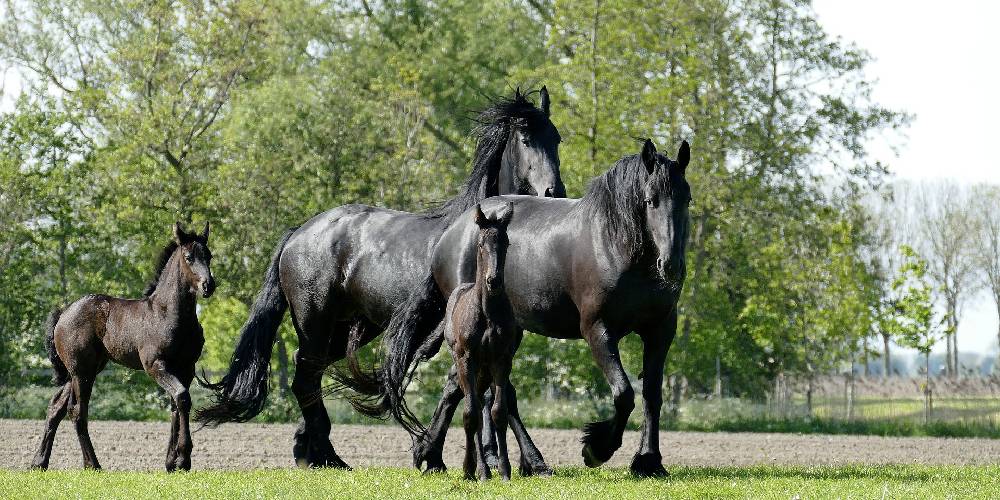I am often asked, what is a gelding? How are they different from stallions? What is a mare? And how can I tell the difference between these horses? Before I knew much about horses, these terms confused me as well. Let me break it down.
A stallion is a male horse that has not been gelded or castrated. This means that the horse can reproduce and that testosterone still runs through its body. A gelding is a male horse who has been castrated meaning his testicles have been removed. Geldings are a lot calmer and easier to handle than stallions. Mares are female horses. Because female horses aren’t spayed, there aren’t any other names for adult female horses other than mare.
What Are Stallions?
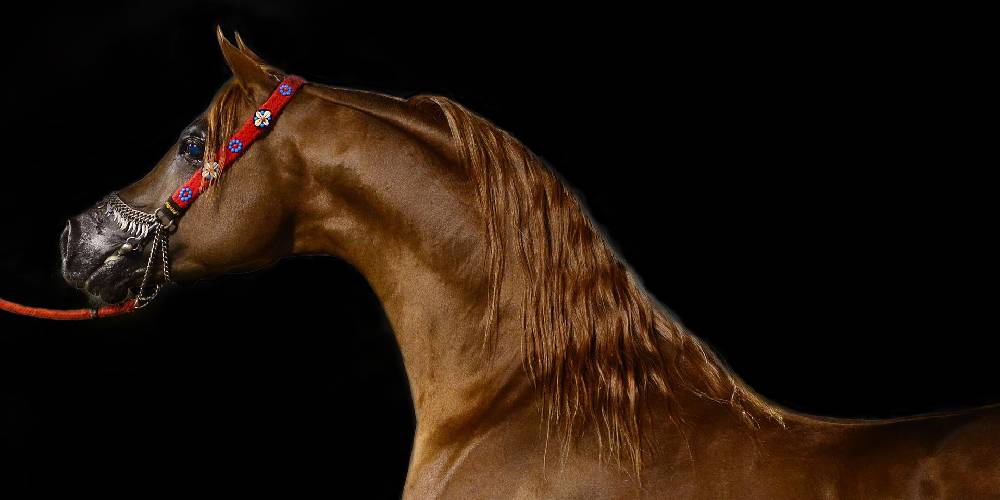
Stallion is the name given to an intact male horse or a horse that has not been castrated or gelded and is four years old or older. Most stallions are very temperamental and are extremely difficult to handle. It is not recommended to get a stallion as a first horse.
In the wild, stallions are often seen in herds of horses. Stallions have their own herd and will stick with and protect that herd from other stallions. Herds, sometimes called bands, consist of many mares and their foals, and the herd belongs to one stallion.
When a herd of wild horses is traveling, you might think that the stallion leads the herd by walking up in front of the group, but this is actually not the case. Stallions will typically stay behind the herd at a little distance to look for potential dangers to the herd and to defend their mares against stallions that might want to take them from him.
Wild stallions that don’t have a herd of mares of their own will travel in groups known as bachelor bands. Bachelor bands just consist of a bunch of stallions that don’t have a herd of their own.
Fun Fact: Thoroughbred stallions are only allowed to breed through a live cover. Artificial breeding and insemination techniques aren’t allowed in the Thoroughbred world.
What Are Mares?
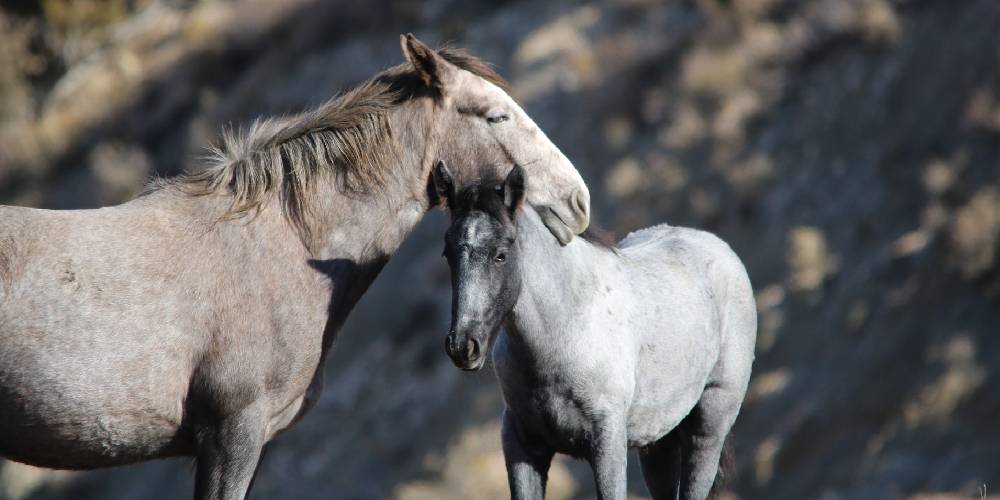
A mare is a female horse that is over the age of four years old. Mares have the reputation of being grumpy and temperamental, but I personally have had a great experience with mares.
In the wild, mares make up most of a herd of wild horses. In a herd of horses, there is one mare that leads the herd. This mare is known as the lead mare and if the group is traveling anywhere, this mare will lead all the other horses and the stallion will follow behind them.
Mares are most temperamental and hard to handle when they are in heat. Being in heat basically means that a mare is open to and ready to mate with a stallion. A mare will go into heat every 19 to 22 days and their heat cycle lasts for about a week.
Female horses are pregnant for a total of 11 months. The desired date for a foal to be born is between January and April. This has to do with the fact that every horse officially ages a year on January first so breeders want their foals to be born around this time so they have a more accurate age reading.
Fun Fact: Chestnut mares have a reputation for being very sassy, grumpy, and stubborn. Though this is not the case for all chestnut mares, surprisingly many carry these traits.
What Are Geldings?
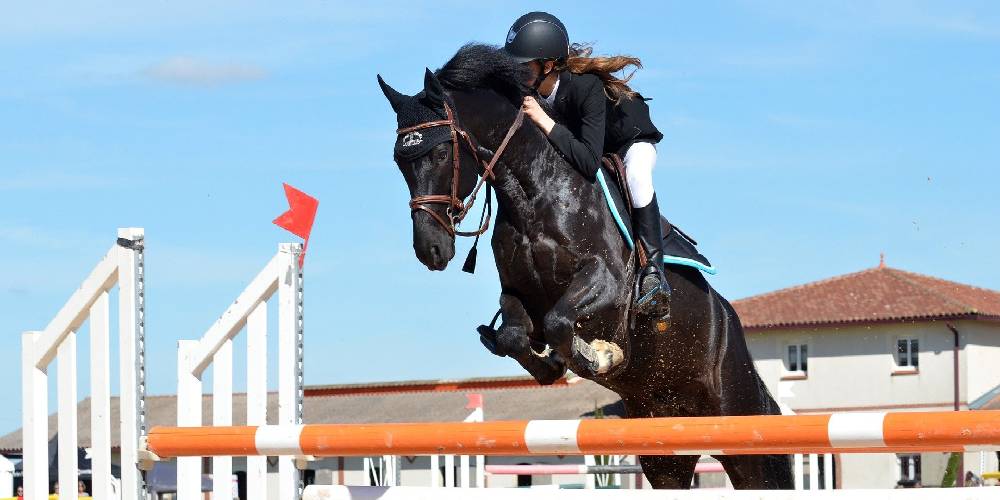
Geldings are male horses that have been castrated. Castration is the surgical removal of the horse’s testicles. The reason horses are castrated is because they calm down significantly when the flow of testosterone is removed.
Geldings are one of the most desired types of horses because they don’t have the influence of hormones to affect their temperament negatively. Geldings are usually calmer horses than both stallions and mares because of the removal of their testicles.
A horse is considered a gelding immediately after its castration. Horses are typically castrated or gelded as a colt, but this procedure can be done at any point in their lives.
My two Arabians are geldings and they are the sweetest horses ever. Without having so much testosterone, my horses are fairly calm and much more manageable for me than if they were stallions.
By horse Bronze was castrated at 7 months old, while my other horse Cross Fiire was castrated at 4 years old.
What Are Colts?
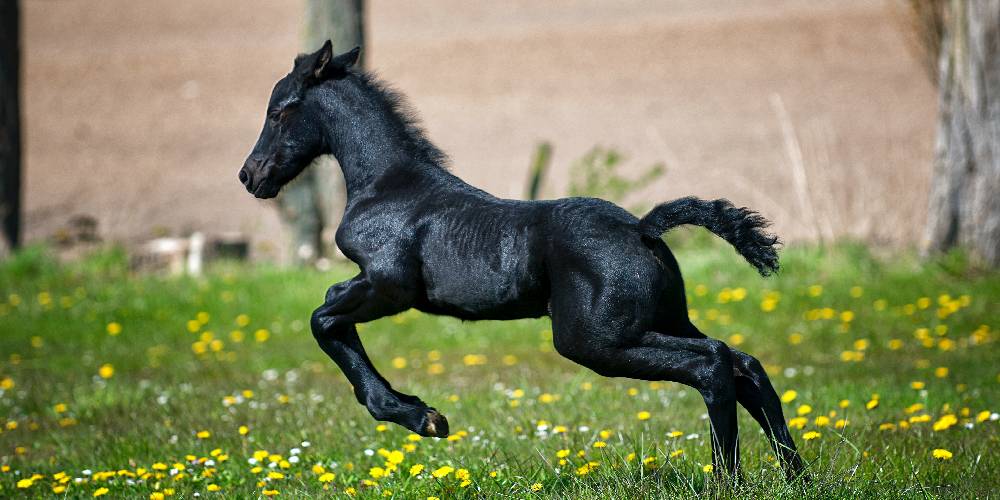
A colt is the name given to a male horse under the age of four years old. Horses are sometimes gelded at this stage in their life, usually after they have been weaned (separated from their mother).
A colt can be referred to as a stud colt if they are not castrated and then are just called colts once the procedure already occurred.
Once a colt reaches the age of four, they are no longer called colts and will be called a stallion or gelding depending on whether or not they have been castrated.
In the wild, not long after a horse has been weaned from its mother, a colt will be driven out from the herd as it might pose a threat to the stallion in charge of the herd and might try to take over the herd or steal a mare.
What Are Fillies?

A filly is a female horse that is under the age of four. A female horse that reaches four years is then called a mare. Fillies, in the wild, stay with their herd usually until after they become an adult. Some fillies will leave or will be driven out by their mothers or by lead horses and are forced to find a bachelor stallion or new herd to join.
One of the most famous fillies was a dark bay Thoroughbred racehorse named Ruffian. This filly sadly died at the age of three due to two broken sesamoid bones in her foot. The injury occurred when she was racing a horse who won the Kentucky Derby. Sadly, Ruffian needed to be put down just eight hours after she was injured.

